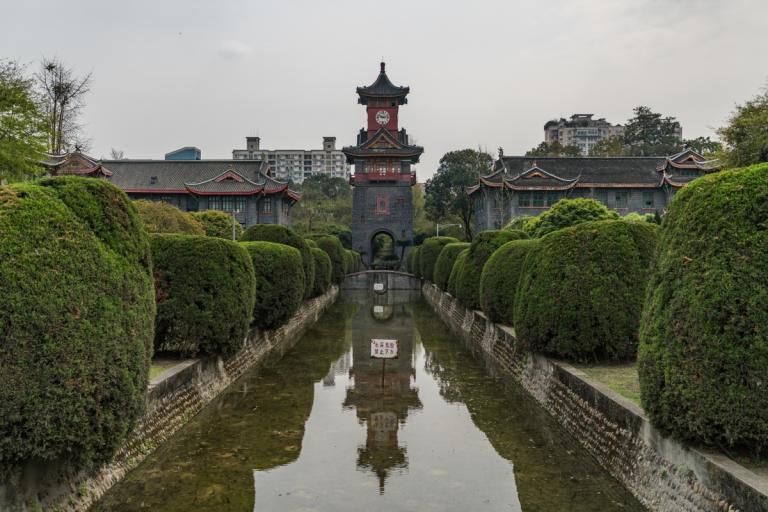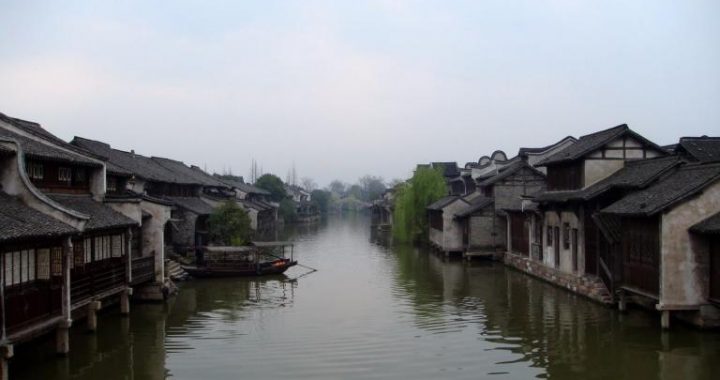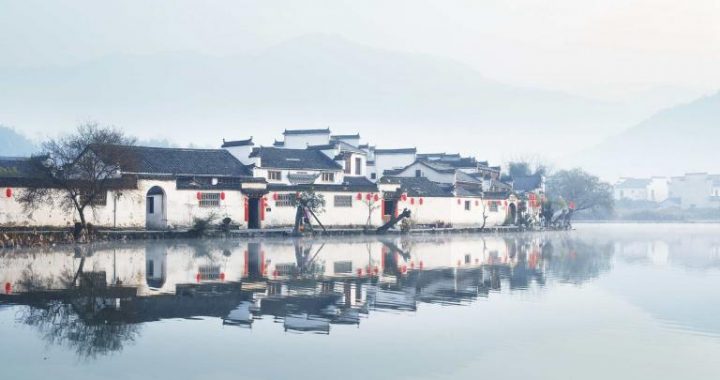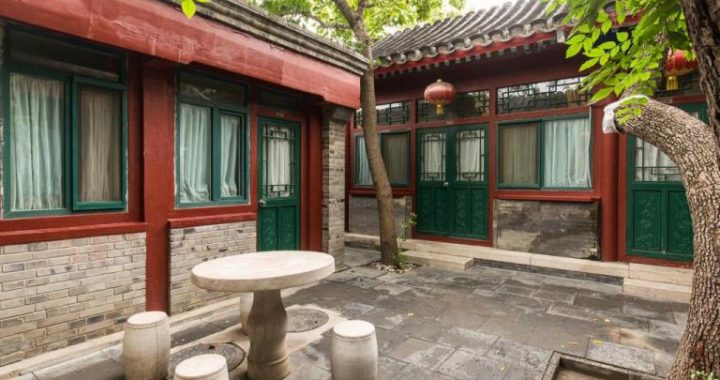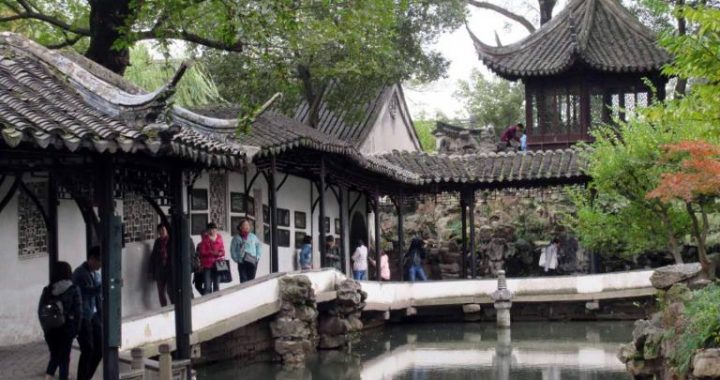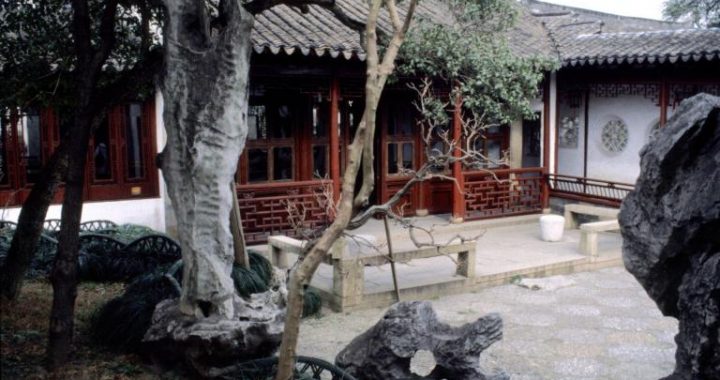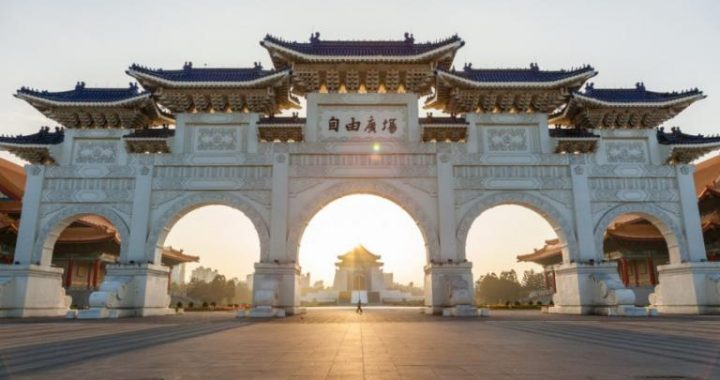Sardens South of the Vangtze Kiverr
2 min readChinese people started to build gardens more than 2,000 years ago.Over this long period of time,three styles of gardens came into being:the imperial garden,the temple garden and the private garden.Among them,the most famous imperial garden extant today is the Summer Palace in Beijing,while the private gardens south of the lower reaches of the Yangtze River boast a unique ambience of their own.Scattered through Suzhou,Yangzhou and other places,the private gardens are mostly legacies from the Ming(1368-1644)and Qing(1616-1911)dynasties.Each resembling a landscape painting,they are of unmatched charm.
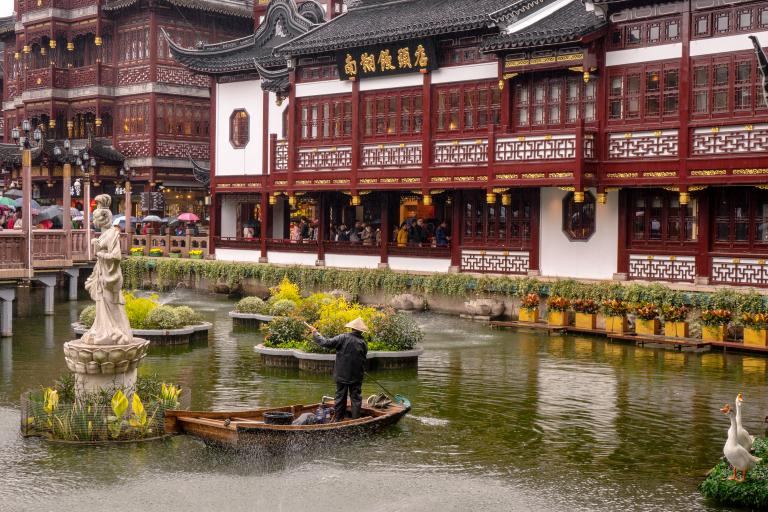
A Winding Path to Places of Interest
The Chinese attach great importance to the qualities of being reserved and subtle,and the construction of gardens dotting the hazy landscape south of the lower Yangtze River well reflects this philosophy.The pavilions and buildings enshrouded in the misty moonlight produce an irresistible appeal.
In the gardens,besides buildings looming behind dense groves of trees,what most frequently meets the eye are winding paths that seemingly lead to nowhere,as it would appear to new visitors.There,a path seems to end,but all of a sudden,a new world is rolled out before you:pavilions,rock formations.
At the entrance to a Chinese garden there is usually a huge stone or wall to screen your view.The most typical example is the Summer Palace.When you enter the eastern gate,a big hall blocks your way.This is to give you a pressed-in feeling,so as to later produce unforeseen delight when you turn around the hall to see the exotic rock formations,and an extensive lake of limpid rippling water right in front of you.
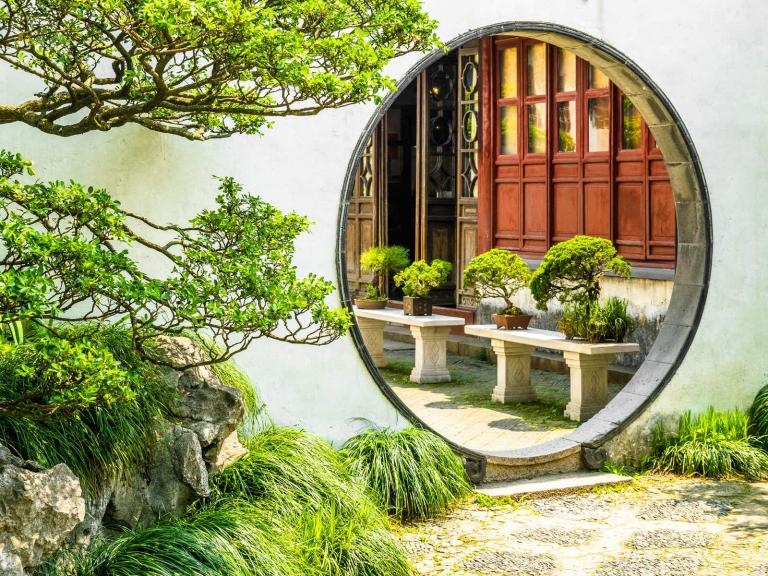
Private gardens south of the Yangtze River are a world of curving lines.In Zhuozheng Garden in Suzhou,corridors zigzag along a stream,only to be interrupted at intervals by pavilions partly overhanging the water. The upturned corners of the roofs are like flying birds with their wings widespread, giving a sense of motion to a still picture. Even the trees are curving: the weeping willows with branches cascading down to touch the water; ancient trees ofhundreds of years with gnarling old branches; numerous dragon-claw trees, entwining vines, and plum trees with beautifully arched sparse branches. All proclaim the beauty of this curving world.
